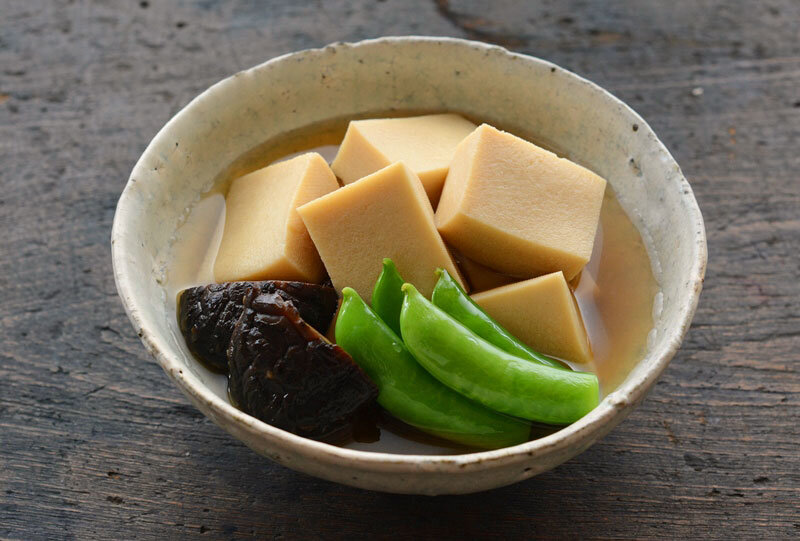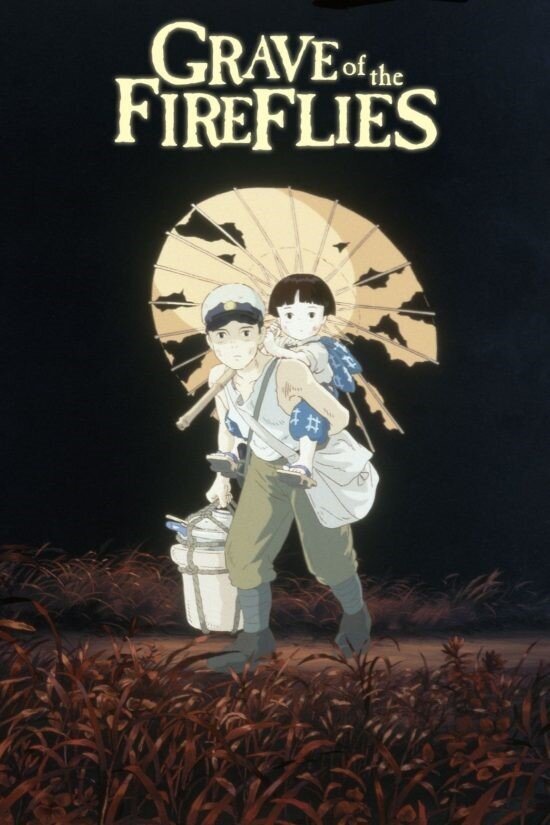Often overlooked, from salted edamame and tofu to fermented miso and natto, the humble soybean forms the foundation of the Japanese diet. Rich in protein, vitamins, and minerals, soy enriches the body and leads the way to a healthy lifestyle.
For Week 10 of Friday Favorites, the JASH staff is pleased to share our favorite edible soy products:
Aburaage (油揚げ)
Edamame (枝豆)
Koya Tofu (こうや豆腐)
Miso (味噌)
Natto (納豆)
Yuba (ゆば)
Read staff comments below for a few tasty ways to enjoy the health benefits of soy as you head into the weekend.
Here’s to healthy eating!
IKUYO
Image by Huffington Post
Miso (味噌)
Miso is one of the soybean foods made from boiled and mashed soybeans mixed with salt and koji. Koji is a type of mold helps the soybeans to ferment. Miso come in three main varieties that are dependent on the type of koji used. First is kome miso, the most popular variety, which uses rice koji. Second is mame miso which uses soybean koji and has a red color and rich flavor. It is called haccho miso and is used in parts of the Tokai area including Aichi prefecture, which has a strong relationship with Texas. Lastly, there is mugi miso which uses barley koji. It has a distinctively sweet taste. Mugi miso is used in Kyushu area, and I like Kagoshima mugi miso because it is used in my hometown.
While most grocery stores in Japan offer various kids of miso from around the country, most people still enjoy making the miso they grew up with at home. Homemade miso is called temae miso. This is often used as an idiom meaning that a person praises their own creation or deed such as “I don’t mean to brag but…”. This idiom is generally used in a derogatory sense when one speaks of oneself.
Miso soup is one of the most representative of the dishes that are cooked with miso. Miso contains easily digestible essential amino acids that rice lacks. For this reason, miso soup is indispensable for compensating for the protein-poor diet of Japanese people who live on rice.
KEIKO
Image by foodspark.com
Natto (納豆)
My favorite soy food is natto. Natto is a traditional Japanese dish that is made from fermented soybeans and is usually served as a breakfast food. Most would consider it an acquired taste as it has a strong odor and slimy texture.
While it is uncertain how natto came to be, people in Japan have been eating natto since at least the Heian period (794-1185). At the time, they would pack the soybeans into rice packets for fermentation. The current process for making it is a little more straightforward: after washing a soaking the soybeans, they are steamed before being mixed with special bacteria- Bacillus subtilis natto and left to ferment for up to 24 hours.
Natto is considered to be very healthy and contains a variety of vitamins and minerals, such as magnesium and iron, and fiber. Its fermented state also good for the bacteria in your gut because it is rich in probiotic bacteria.
LAUREN
Image by Zesmerelda
Edamame (枝豆)
Edamame is probably my favorite soy-based food. I started eating it after my older brother returned from being stationed in Okinawa. He had grown rather fond of the snack and insisted that I share a bowl with him whenever we hung out. Its easy to prepare, so my family, friends, and I can make a large portion and much away when we are together. We also have great fun popping the beans out of the husk
Edamame is a popular izakaya-style snack that is cheap, filling, and better for you than other bar food. The soybeans are picked while they are still young and are usually served boiled and salted.
This dish is thought to be rich in protein as well as containing several beneficial vitamins and minerals such as iron and manganese.
MEGUMI
Image from kyoto.graphic.co.jp
Yuba (ゆば)
My favorite soybean product is yuba. When the boiling soy milk in a pan, a film forms on the liquid surface. The film is collected and dried into sheets known as tofu skin or yuba. In Japan, they also eat fresh yuba called nama yuba, with a little soy sauce and wasabi, just like sashimi.
Dried yuba is commonly eaten in simmered dishes in Japan, but the way I like it most is to make it one of the hot pot ingredients. It is the easiest way to eat it, as all you need is to put it into a pot without rehydrating it or cooking it.
Yuba is not only eaten in Japan but also in China and Korea. Although it is not as cheap as tofu in Japan, it is very inexpensive in China and I developed a taste for yuba while I lived in China.
MIDORI
Image from 白ごはん.com
Koya Tofu (こうや豆腐)
My go to meal while Houston has been under quarantine is called koya tofu (こうや豆腐) and it combines freeze-dried tofu with shiitake mushrooms and fresh vegetables. The recipe dates back to the Kamakura period (1185-1333) when Buddhist monks on Mt. Koya accidentally created freeze-dried tofu and found that it is good way to preserve fresh tofu.
You can buy koya tofu kits at most asian markets.
PATSY
Aburaage (油揚げ)
One of my favorite soy-based products is aburaage, deep-fried tofu pouches, which is made by cutting tofu into thin slices and deep-frying it twice.
Aburaage can be used in different ways – it can be sliced and added to soups, simmered dishes, and steamed rice, used in whole in a bowl of udon, or quartered and pan fried for a bento lunch box.
I enjoy it most in Inari Sushi. When preparing aburaage for inari sushi, it must first be cooked in a dashi broth before being stuffed with vinegared rice.
Aburaage is a versatile and filling way to get energy for the day.
Moreover, an offering of aburaage to the fox—messenger to the Shinto Okami of fertility, rice, agriculture, business and money—will help keep the god Inari from releasing her wrath.














































































